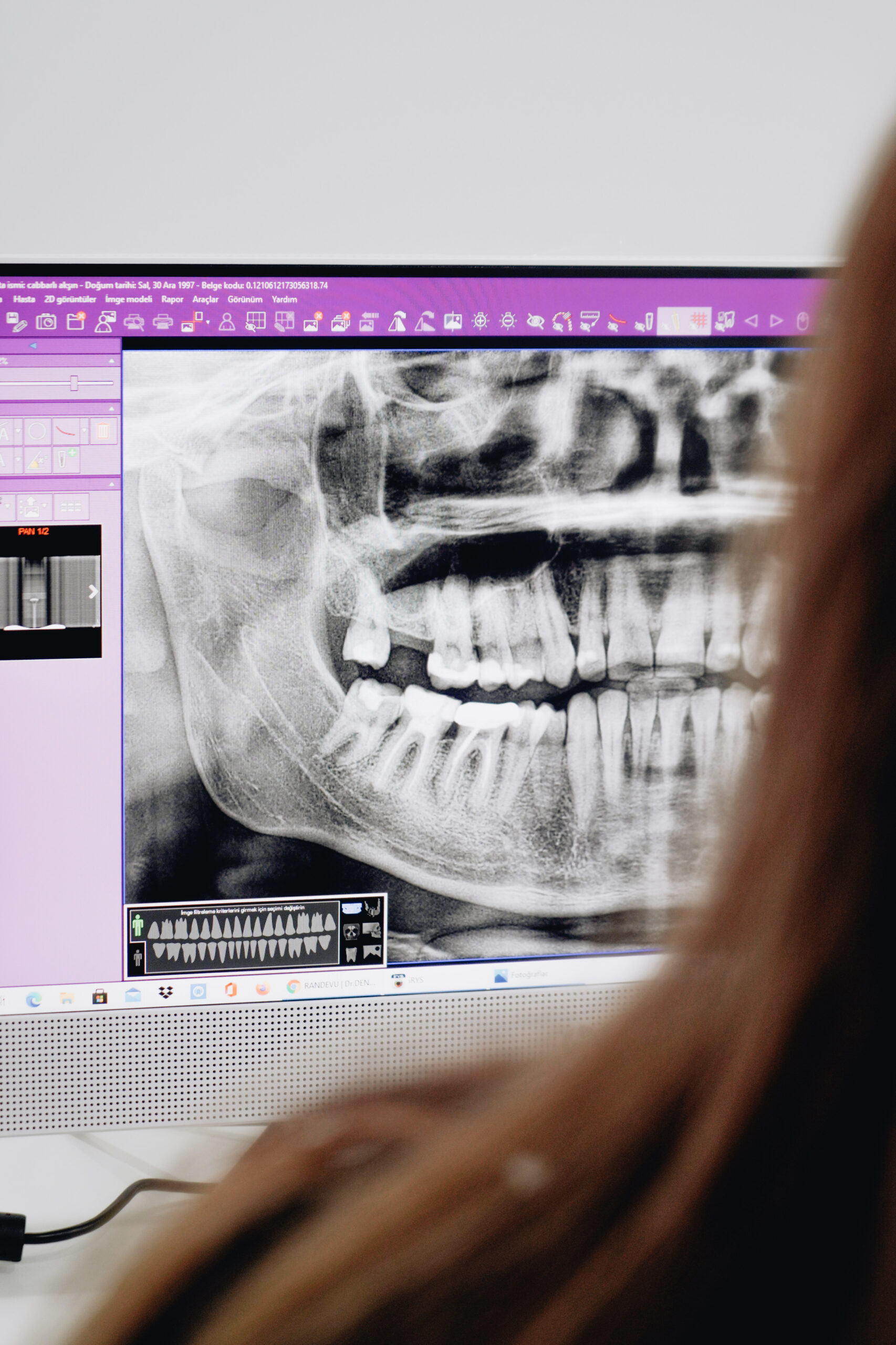What is a DEXA scan?
Title: Understanding DEXA Scan: An In-Depth Look into Bone Health Assessment
Introduction:
Maintaining strong and healthy bones is crucial for overall well-being. As we age, our bones naturally lose density, which can lead to conditions like osteoporosis. To ensure early detection and appropriate treatment, medical professionals rely on advanced diagnostic tools like DEXA scans. In this blog, we will delve into the concept of a DEXA scan, its benefits, and how it helps assess bone health accurately.
What is a DEXA Scan?
DEXA, short for Dual-Energy X-ray Absorptiometry, is a painless and non-invasive medical imaging technique primarily used to measure bone mineral density (BMD). It provides detailed insights into bone health and helps in the diagnosis and monitoring of conditions like osteoporosis.
How Does a DEXA Scan Work?
During a DEXA scan, a low-dose X-ray machine emits two separate X-ray beams, each with different energy levels. As these X-rays pass through the bone, the machine measures how much of each beam is absorbed by the bone tissue. The results obtained are used to calculate the bone mineral density.
Benefits of a DEXA Scan:
1. Early Detection of Osteoporosis: Osteoporosis is often referred to as a silent disease, as it doesn’t usually present noticeable symptoms until a fracture occurs. DEXA scans can help identify bone density loss at an early stage, allowing for timely intervention and prevention of fractures.
2. Accurate Assessment: DEXA scans are highly accurate in measuring bone density, providing precise information about the patient’s bone health. This helps doctors in making well-informed decisions regarding treatment plans and monitoring progress over time.
3. Monitoring Treatment Efficacy: For individuals undergoing treatment for osteoporosis or other bone-related conditions, DEXA scans are incredibly useful in tracking the effectiveness of the prescribed therapies. Regular scans can determine if the treatment is successful or if adjustments need to be made.
Who Should Get a DEXA Scan?
While a DEXA scan is often associated with older adults, it may be recommended for individuals who fall under the following categories:
1. Postmenopausal Women: Women who have undergone menopause are at a higher risk of developing osteoporosis due to hormonal changes. A DEXA scan could help diagnose the condition in its early stages.
2. Individuals with Risk Factors: People who have a family history of osteoporosis, a sedentary lifestyle, a history of fractures, or are on long-term medications that decrease bone density may benefit from a DEXA scan.
3. Monitoring Progress: Individuals already diagnosed with osteoporosis or undergoing treatment can utilize DEXA scans to monitor their bone health and the effectiveness of their chosen treatments.
Conclusion:
A DEXA scan is a valuable tool in assessing bone health and diagnosing conditions like osteoporosis. By providing accurate measurements of bone mineral density, it helps healthcare professionals make informed decisions about treatment plans and prevention strategies. Early detection through a DEXA scan empowers individuals to take control of their bone health, ensuring long-term well-being and reducing the risk of fractures. Remember, regular check-ups and discussing concerns with your healthcare provider are essential for maintaining strong and healthy bones.



